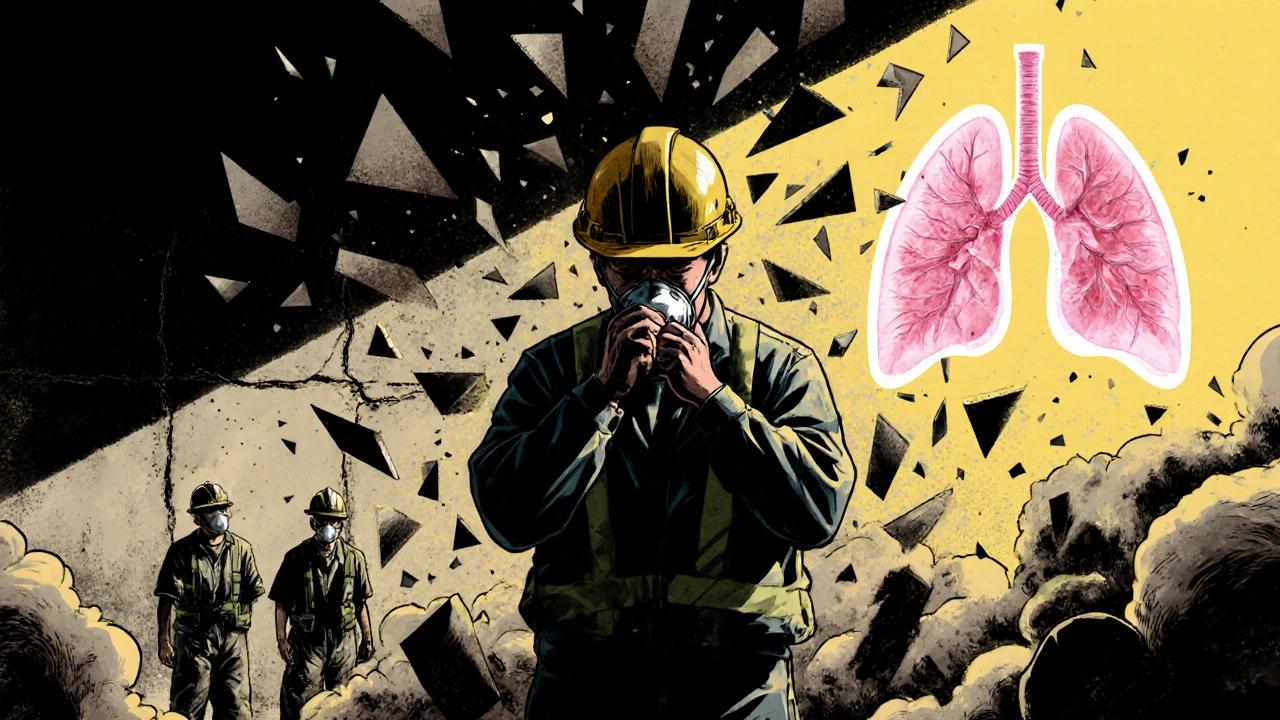Asbestosis: Causes, Risks, and What You Need to Know
When you breathe in asbestosis, a chronic lung disease caused by long-term exposure to asbestos fibers. Also known as asbestos lung disease, it slowly scars the lungs, making it harder to breathe over time. Unlike infections or allergies, asbestosis doesn’t go away once you stop being exposed. The damage builds up silently—often for decades—before symptoms show up.
This isn’t just an old worker’s problem. While most cases come from jobs like shipbuilding, insulation work, or mining, people living near old factories or homes with crumbling asbestos insulation can also be at risk. asbestos exposure, the direct cause of asbestosis happens when tiny fibers become airborne and get trapped in lung tissue. Your body can’t break them down, so over time, the fibers trigger inflammation and scarring. This scarring, called fibrosis, stiffens the lungs and reduces oxygen flow. It’s not cancer, but it often comes with other asbestos-related illnesses, including mesothelioma and lung cancer, which makes monitoring your health critical.
There’s no cure for asbestosis, but knowing the signs early helps you manage it better. Shortness of breath during simple tasks, a dry cough that won’t quit, and chest tightness are common. If you’ve worked with asbestos—or lived with someone who did, bringing fibers home on their clothes—you should talk to a doctor about lung scans. Oxygen therapy, pulmonary rehab, and quitting smoking can slow decline and improve daily life. Some people even need lung transplants in advanced cases.
The posts below cover real-world health issues tied to lung damage, medication safety, and occupational risks. You’ll find guides on how certain drugs interact with lung conditions, how to spot early signs of respiratory harm, and what steps to take if you’ve been exposed. Whether you’re a patient, caregiver, or just someone concerned about long-term health effects, these articles give you clear, no-fluff facts to protect yourself and others.

